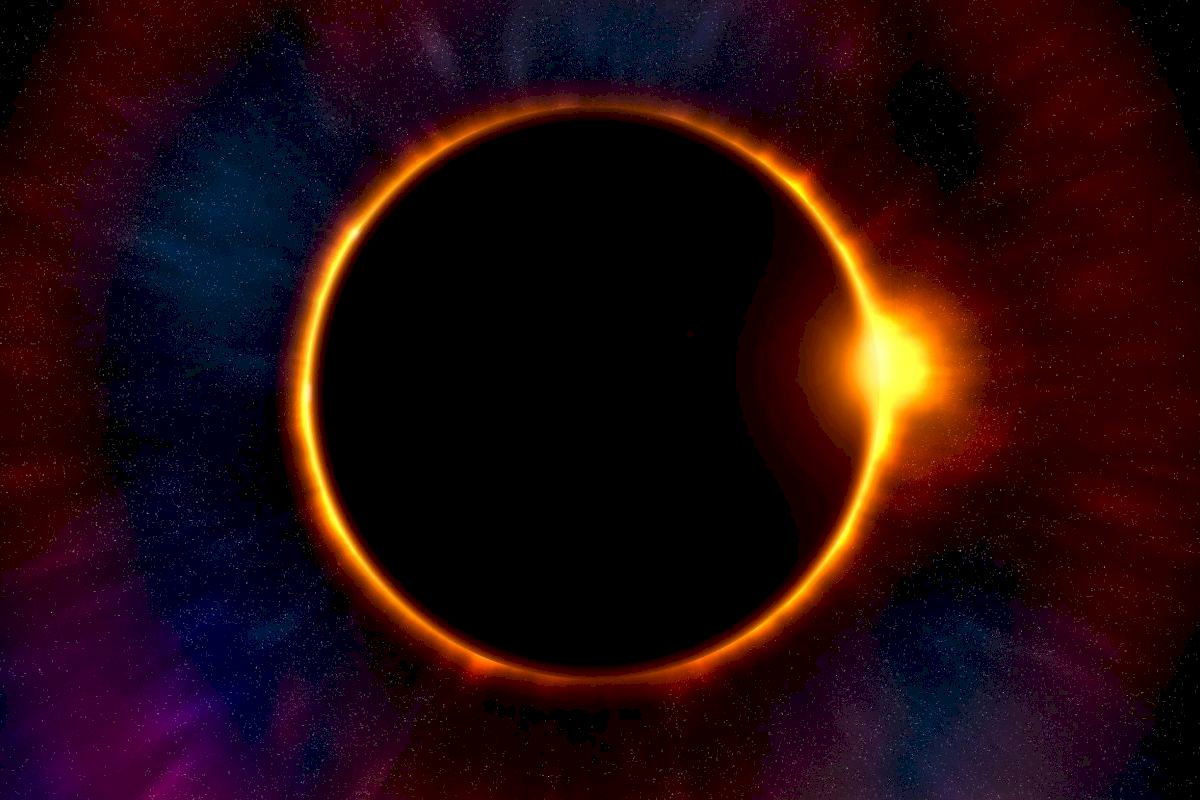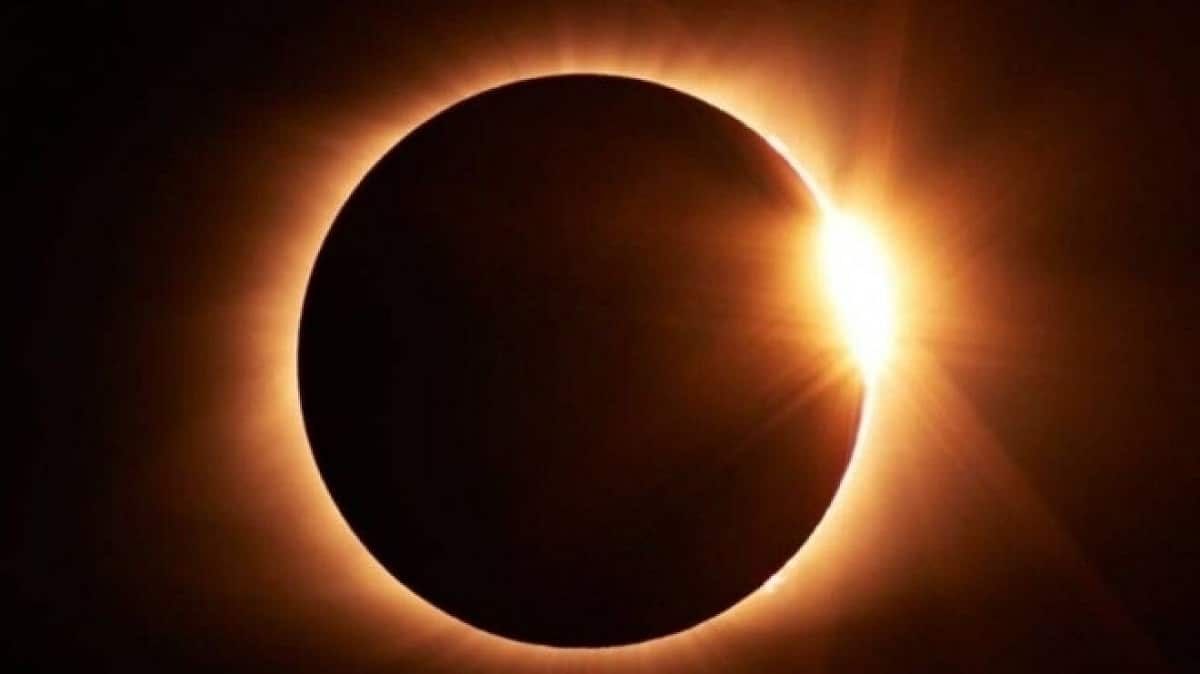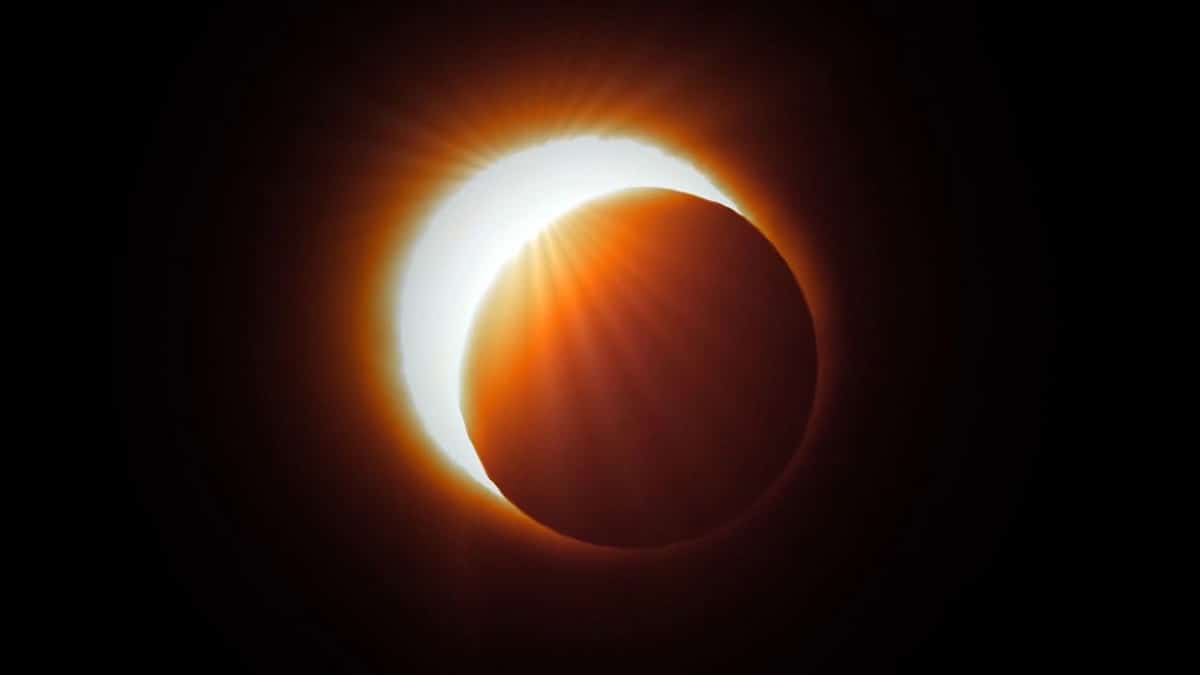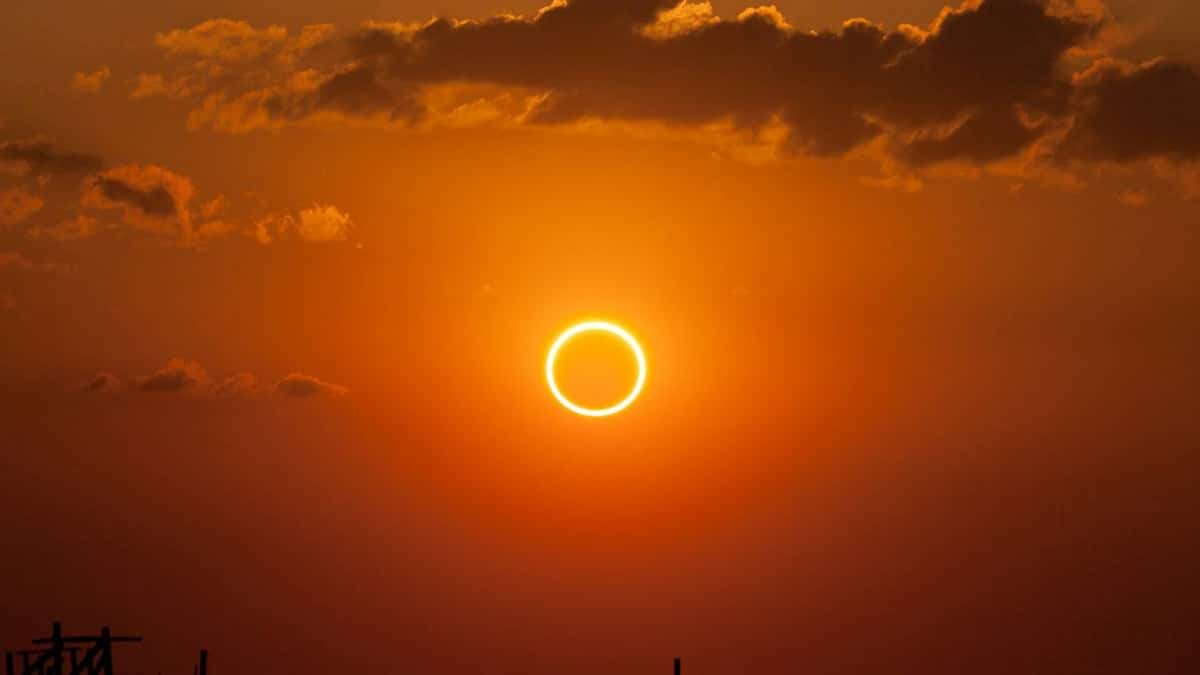
Surely we have all seen a total solar eclipse or partial. These phenomena usually occur temporarily due to the rotation of the earth, the movement of translation and the position with respect to the moon and the sun.
In this article we are going to tell you everything you need to know about the total solar eclipse, what it needs to happen and how you can see it.
What is a total solar eclipse

A solar eclipse is a phenomenon in which the Moon is positioned between the Sun and the Earth and can completely cancel it, partially or annul it, depending on the size, position and distance between the stars.
On average, a solar eclipse occurs every 18 months and lasts only a few minutes. The same total solar eclipse would take 400 years to repeat itself in the same place on Earth. This is because, just as the earth moves around the sun, the moon also moves in its elliptical orbit, but around our planet.
When an imaginary line is drawn that describes the translational movement of a celestial body, it can be seen that the path of the orbit is elliptical. Therefore, depending on the route, the moon is closer or farther from the earth, and both are more or less close to the sun. That's why they don't always line up the same way or at the same time of year.
Why do solar eclipses occur?

The translation movement of the Earth and its natural satellite implies changes in the intensity of the shadow cast by the Moon on the Earth during a solar eclipse. The closer the moon is to Earth, the stronger its shadow and the smaller its diameter. So, there is an occultation of the sun, that is, a total solar eclipse is only visible from the region where the shadow is cast. From other nearby regions only accessible by the moon's penumbra, the same phenomenon is considered a partial solar eclipse.
To test this phenomenon in an easy way, a ball can be placed between the lamp and the wall. By bringing the ball closer to the light, the shadow it casts on the wall is larger and softer. Moving the ball closer to the wall makes the diameter of the shadow smaller and more intense.
If the ball is the moon, the walls are the planets and the light is the sun, different instances of a solar eclipse can be simulated by moving the ball.
types of eclipses
- total solar eclipse It can only be seen from a certain area of the Earth, in the center of the shadow cast by the Moon on Earth. From there, the total occultation of luminous stars can be seen.
- partial eclipse. The Sun has undergone a partial occultation, which can be seen from the shadow area of the Earth created by the Moon's shadow. You can see the bright star partially hidden while admiring some of its crescent-shaped luminosity.
- annular eclipse. Unlike a partial eclipse, the moon does not cast a shadow that completely hides the sun due to the distance between the moon and the Earth, but instead reveals a halo around it.
Precautions for observing a total solar eclipse
Eclipses should never be observed directly. Although this is a natural phenomenon, it is important to take precautions because direct observation of the sun for long periods of time on a normal day or during an eclipse can cause retinal burns and even permanent blindness. The radiation it emits is so strong that can damage vision for a very short period of timeespecially the little ones.
There are glasses specially designed for viewing solar eclipses with lenses that have properties similar to welding masks. Although viewed through special lenses, viewing for more than 30 seconds at a time is not recommended. In these cases, the sunglasses we wear every day are not protective.
lunar eclipse
A lunar eclipse occurs when the Earth is between the sun and the moon, leaving the moon in total or partial darkness and receiving no light from bright stars.
A lunar eclipse is visible from all land areas where the moon is visible, while a total solar eclipse can only be seen from the area on Earth where the moon casts a shadow. Unlike a solar eclipse, which lasts only a few minutes, it can last anywhere from 30 minutes to an hour.
Myths

In relation to human perception, eclipses are not far behind. When humans couldn't explain the phenomenon, he started making up stories about what could have happened.
Early civilizations believed they were gods who sent "messages" through the stars. The Vikings say that a wolf devoured the sun and made noises to "frighten" it. The result is that the sun or moon returns to its natural state, further strengthening your beliefs.
Then, in the most modern generations, myths arose, without scientific explanation, but with enough evidence that they were very probable. For example:
Animal behavior is out of control
It's not that the animals' behavior is uncontrolled, it's this sudden change from light to dark, or vice versa, that causes animals to change their circadian rhythms to adapt to what's happening in their environment.
During a total solar eclipse, we may see birds lounging in trees or raccoons looking for food. This is because the dark is telling you that your activity must end or you can begin.
Your baby may be born with health problems
It is not uncommon for some pregnant women to wear red ribbons to protect their unborn babies from a solar eclipse. It is said that without the tape, babies could be born with some deformities or spots, but until now there was no scientific evidence that a piece of cloth could repel any kind of cosmic energy.
you can lose weight
True, but not forever. Gravity can allow us to lose 500 grams, 700 grams or even a kilo, but when the stars go their separate ways again, this will return to normal.
I hope that with this information you can learn more about what a total solar eclipse is and what its characteristics are.